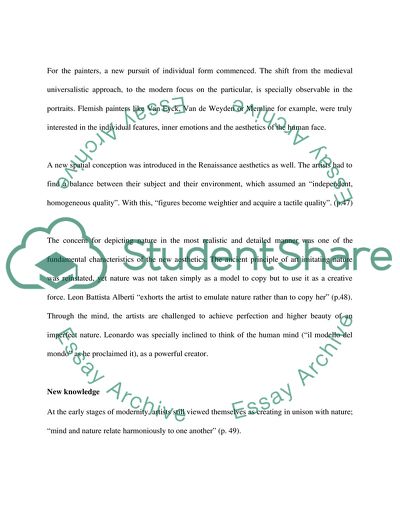Cite this document
(“Passage to Modernity Dupre Essay Example | Topics and Well Written Essays - 1000 words”, n.d.)
Retrieved from https://studentshare.org/performing-arts/1500975-passage-to-modernity-dupre
Retrieved from https://studentshare.org/performing-arts/1500975-passage-to-modernity-dupre
(Passage to Modernity Dupre Essay Example | Topics and Well Written Essays - 1000 Words)
https://studentshare.org/performing-arts/1500975-passage-to-modernity-dupre.
https://studentshare.org/performing-arts/1500975-passage-to-modernity-dupre.
“Passage to Modernity Dupre Essay Example | Topics and Well Written Essays - 1000 Words”, n.d. https://studentshare.org/performing-arts/1500975-passage-to-modernity-dupre.


